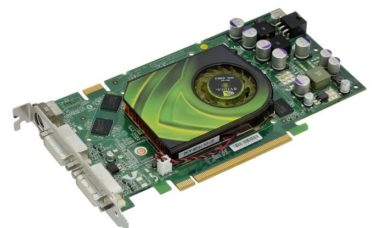Deere & Company (NYSE:DE) has witnessed substantial growth in order levels, contributing positively to its upcoming quarterly performance. The company continues to benefit from robust replacement demand, which is expected to drive favorable outcomes. However, the impact of elevated material and labor costs, coupled with supply-chain challenges, poses concerns for the company’s profit margins. Despite these challenges, Deere remains proactive in implementing pricing strategies to mitigate the impact of these headwinds.
Boosted Sales and Strategic Pricing Initiatives Yield Results
Deere’s row-crop tractor orders are secured through most of the fiscal second quarter of 2024, while four-wheel drive tractors are already sold out until the end of the fiscal third quarter. With order books approximately 45% full, the company reflects improved demand in its markets. The necessity to replace aging equipment further supports Deere’s top-line performance, with increased demand expected for its construction equipment due to heightened infrastructure spending.
To counterbalance increased costs, Deere is actively reviewing its cost structure, emphasizing organizational efficiency, and conducting a footprint assessment. These measures are expected to enhance margins, and the company’s pricing initiatives aim to offset higher material and freight expenses.
Smart Industrial Strategy and Investments Drive Progress
Deere’s smart industrial strategy is instrumental in assisting customers in managing escalating input costs and improving yields. The company is strategically focusing on capital allocation decisions, intensifying investments in precision agriculture, and enhancing capabilities in the aftermarket and retrofit business. These actions contribute to strengthening Deere’s financial position and preserving liquidity.
The company’s continuous investments in new products and geographies position it well for long-term growth. By prioritizing the launch of products with advanced technologies, Deere aims to provide a competitive edge, supporting its customers in achieving improved profitability, productivity, and sustainability through the effective use of technology.
Deere’s commitment to revolutionizing agriculture with technology is evident in the strong demand for recent product launches like ExactRate planter applied fertilizer systems and AutoPath. These innovations signify the precision application of fertilizer and leverage Deere’s onboard technology throughout a customer’s entire production cycle, contributing to the future of automated farming.
Positive Agricultural Fundamentals Drive Growth
Despite a projected 23% decline in net farm income for 2023 compared to the previous year, the U.S. Department of Agriculture anticipates that Deere’s net farm income will still surpass the 2003-2022 average. The increasing size of farms in the United States, coupled with rising labor costs, has led farmers to invest in farming equipment as a replacement for labor. The U.S. agricultural machinery market is expected to reach $52.73 billion by 2027, with a CAGR of 3.3% over 2021-2027, driven by global food demand, population growth, and aspirations for higher living standards.
Challenges of Higher Costs and Supply Constraints
Deere faces challenges from escalating material, labor, and logistical costs, as well as supply-chain disruptions causing delays in part deliveries. Partially completed machinery stacking up at assembly plants due to these delays has led to decreased factory efficiency. Consequently, higher SG&A and R&D expenditures are putting pressure on Deere’s margins.
Price Performance Overview
Over the past six months, Deere’s shares have experienced a 4.6% decline, contrasting with the industry’s 7.8% downturn.
Featured Image: Megapixl









